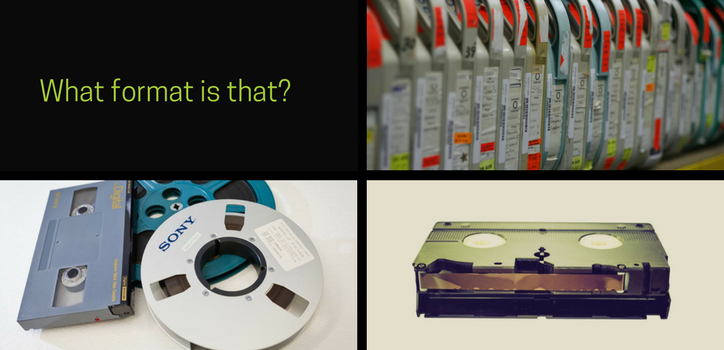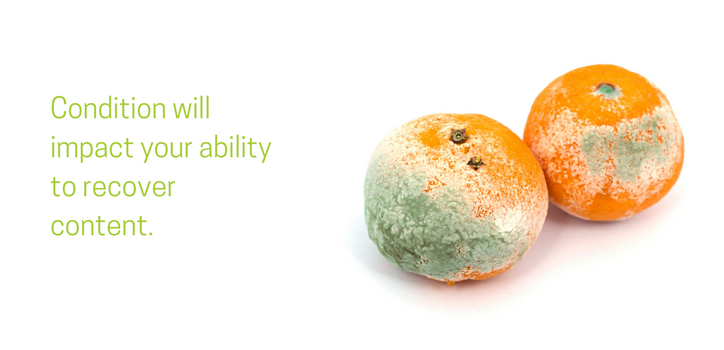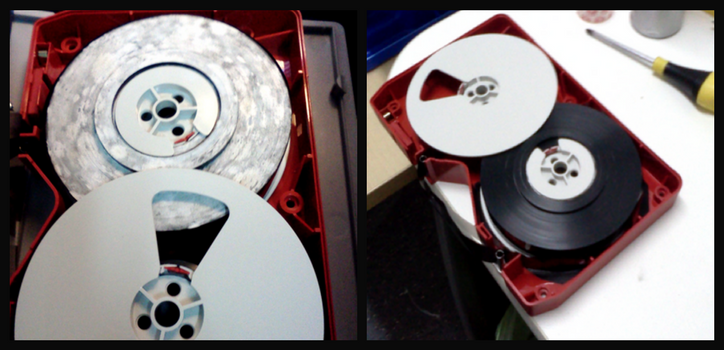Digitise Videotape: Four things you NEED to know about pricing.

Have you ever considered building or renovating a house…
Well if you have, you will know it is nearly impossible to get an accurate quote for the cost of building without the details of a well laid out plan. This is because the resources and skills you need will differ depending on how your house is built.
When you start a project to digitise videotape it’s no different. To get an accurate price and timeline, you need to know the details of your collection because there are a range of factors that will influence the way a project is undertaken and in turn the cost.
When you invest to digitise the content in your videotape collection, you are investing in the future of your content. You want to make sure that the transformation process is undertaken properly and the price/budget is managed effectively. Achieving this starts with an understanding of what factors are going to influence the price of your video digitisation project, which this article will discuss below.
Four key pieces of information needed to determine a price to digitise videotape.
Video digitation projects are not always straightforward. Different types of tapes, the quality of the physical videotape, and how much of it you have are all influencing factors when you develop a project budget. To make sure you are well informed for a conversation with your digitation partner, these are the four critical pieces of information that you need to know about your physical videotape collection. And the more accurate the information you have, the easier it is to price the project. I’ve included separate sections below, but to quickly summarise, the four key pieces are; Format, Condition, Duration and Quantity.
FORMAT: Hidden fragilities

Let’s take a look back in history at a 2-inch videotape, also known as 2-inch Quad or Quadruplex. It was the first magnetic videotape created, and was widely used from the mid-1950s to late-1970s and is still held in archives around the world. Fast forward a couple of decades and there are videotape formats like U-matic and further forward to the era of Betacam domination and the various iterations of the format.
Why is this important you ask?
Well, for each format (e.g., U-matic or Betacam) you will need a different playback device or VTR and approach to digitise the content. Depending on the format, it will be impacted by varying degrees of obsolescence. Look at the 2-inch example again, there are estimated to be only a few hundred ageing 2-inch machines left in the world, and parts for these machines are highly specialised, and have long been out of mass production. As the technology becomes harder to come by, there is a higher price associated with the finite resource.
The technology then determines the technical skills needed to operate and maintain this specialised equipment. As technology shifts from physical to digital, the pool of trained operators and engineers for this video replay technology is shrinking.
Technology and expertise will also determine the level of automation that can be applied to your project. For example, a large Betacam collection can use robotic tape handling, which will deliver greater levels of productivity. This is in contrast with the 2-inch videotape digitisation model of one operator to one VTR. As a general rule of thumb, the older the technology, the more investment required to digitise the content.
What can you do?
You need to detail what formats are in your collection. Some formats you will be able to visually identify, others will have the format written on the tape or tape case. For those videotape, film or audio tape formats that you aren’t sure about, take a picture of the tape and email it to us to identify for you.
CONDITION: The big influencer

The condition of the media has a big influence on the ability to recover content. Conditional issues can be a result of age, as well as the environment in which the collection has been stored. And to add further complexity, the various manufacturers had different qualities of the tape stock of which some have aged better than others. Common degradation issues manifest in the form of Hydrolysis, sticky-shed syndrome and mould.
Why will condition influence the price to digitise?
Degradation issues do not spell the end of your collection, but they do create complexity in recovering content. And that complexity requires skills, technology and time.
If you look at mould as an example. The shot below is a before and after example of a mouldy tape that we cleaned.

Now, we spent more time on the conservation work for this tape than we did on the encoding process. Importantly, we recovered all the content for this highly valuable cultural collection. The ability to recover your content may take time and require specialised skills which will impact price.
What can you do?
As you review your collection, open the tape cases and look for any signs of mould such as white spots on the top of the tape pack. Also, look for broken or damaged media such as the housing. If you can, take some pictures of the media, especially those that are degrading. At a minimum, attempt to describe the overall condition of the collection. The age, the type of content, where it has been stored both currently and in the past. This will all help to picture of the condition of the collection and the work needed to recover the content.
DURATION: Challenging to find

This is arguably the most challenging piece of information to find. Quite often there are limited records of the duration of the content. And without playing a videotape there is no way to know how long it runs for. This is an issue that often plays into the question of whether to digitise without knowing what’s on the tape.
Why will duration influence the price to digitise?
The obvious impact is how long it will take to digitise the content and therefore the runtime on the VTR. It also has other effects such as efficiencies. When a tape is digitised, it is not just the time to digitise the content (digitisation happens in real time), but it is also the time to handle the physical tape, register and inspect the media as well as data handling post digitisation.
What can you do?
If you have some duration information, make sure you detail it in your database. You may have an existing detailed database of the collection or you may have no information at all. As a minimum, try to list the capacity/max record time described on the label of the videotape.
QUANTITY: More important than you think

Why would quantity, the numbers of videotapes in the collection, influence the price of videotape digitisation?
Like duration, the number of tapes in the collection by format will determine the efficiencies of a project. For example, larger volumes of particular formats such as Betacam may enable the use of automated tape handling and deliver better efficiencies. While a collection that contains 10 different formats but only has one or two tapes in each format will not offer the same opportunities for efficiency. The difference between digitising 1000 hours of content from 500 tapes verse digitising 100 hours of content from 500 tapes will impact on the efficiency of the process.
What can you do?
Simple. List by format the number of tapes you have in your collection you want to digitise.
So, remember, to help get an accurate price to digitise your videotape collection, try to get as much detail as you can about the formats in your collection, the condition of the media, the duration and how many videotapes you have.
If you can’t capture all this information, don’t panic, you are not alone. Many organisations suffer, to some degree, from a lack of collection knowledge. Just ensure that you gather as much information as you can and be aware that the less you know about your collection, the more contingency you should include in your planning.
Armed with your videotape collection information you are ready to start the conversation about how to digitise your collection.

